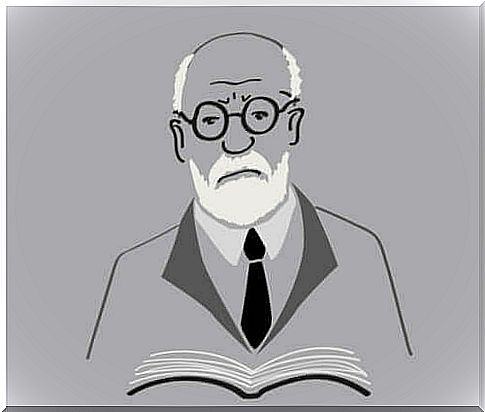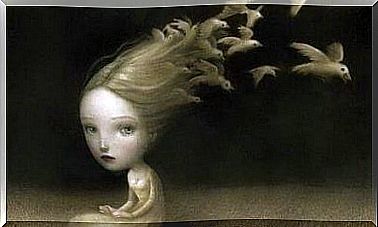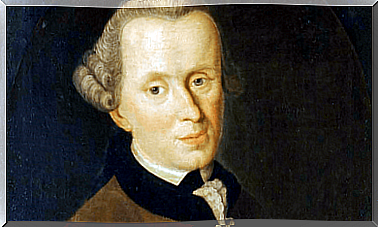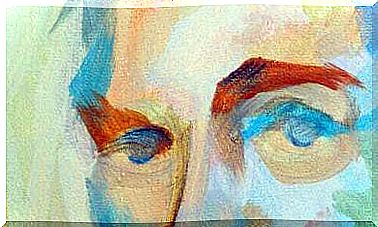Phobic Neurosis Or Anxiety Hysteria

The first to speak of phobic neurosis was Sigmund Freud. According to the father of psychoanalysis, this disorder was part of the so-called transference neuroses.
Freud defined phobia as a disproportionate fear and phobic neurosis as an extreme behavior assumed in front of the object that causes fear. There are countless phobias and we can say that any object could arouse fear.
One of the essential characteristics of phobic neurosis is that it can appear in people we consider “normal”. It can also be accompanied by the so-called anxiety neurosis. In the latter case, fear can appear at any time and be very invasive.

The stimulus and phobic neurosis
For psychoanalysis, the stimulus that triggers the fear reaction is only an apparent cause. This means that, for example, if a person has a phobia towards butterflies, he is not really afraid of butterflies; at the base there is a traumatic event that the person has forgotten.
In this sense, the object that triggers the fear of phobic neurosis is only a symbol of the true cause. For example, a child sees someone beating his father. The father bleeds and a few drops stain his suit. The child may forget this event and develop a phobia for blue shirts, the color of the shirt the father wore on that occasion.
It must be emphasized that the trauma does not necessarily depend on the real gravity of a situation. In a child’s mind, fantasy and reality are often mixed, generating very strong emotional experiences.
For example, a child is waiting for his mother or father to pick him up from school. It can happen that they are delayed. During this time, the child may fantasize that they have abandoned him. It is possible that in this situation you become hypersensitive to “normal” stimuli such as the barking of a dog or the flight of an insect.
A psychological defense
Why is the traumatic situation forgotten in phobic neurosis by replacing it with an object that symbolizes it? What advantages are obtained?
A situation becomes traumatic when it is sudden and unexpected and the person does not have, or believes he does not have, the resources to deal with it. In other words, one feels powerless in the face of threat or danger.
The mind, therefore, tries to defend itself from that absolute helplessness by changing the logical order of what happened. It takes fear and pours it onto something external.
Feeling the fear within oneself is intolerable. Moving it to another object becomes a strategy to avoid feeling overwhelmed by a certain situation. Also, forgetting is another strategy to ward off that extreme fear.
The phobic disorder
Sigmund Freud did not fully develop the theme of phobias and phobic neurosis. Today, in psychoanalysis, we do not speak of phobia only when we feel an immeasurable fear towards a specific object, but also in relation to circumstances or ideas. For example, the fear of going crazy, getting sick, etc.
Psychoanalysis today argues that not all traumatic events cause phobias in childhood. These relate to specific fears or anxieties such as the loss of a loved object, love or castration.
It is not yet known why younger children develop phobias towards large animals, while older children develop a phobia towards small animals such as insects (entomophobia).

The clinical approach to phobic neurosis
Phobic neurosis is not the only disorder in which phobias are present. These can be a symptom of other ailments. Sometimes they are caused by an anxiety disorder in which this feeling is constant or unpredictable. In other words, you are not only afraid of a specific object, idea or situation, but also of something non-specific.
It is also possible that fears are related to obsessive-compulsive disorder. In this case, the anxiety is less and tends to become ritualistic. For example, those who are afraid of germs tend to develop a series of rituals to defend themselves against them. A person with phobic neurosis goes into paroxysm when he comes into contact with a possible source of germs.
The main characteristic of people with phobic neurosis is to flee in the presence of the stimulus that causes the phobia. Likewise, they continually feel the desire to control the outside world. In reality, they want to control what they have repressed.









